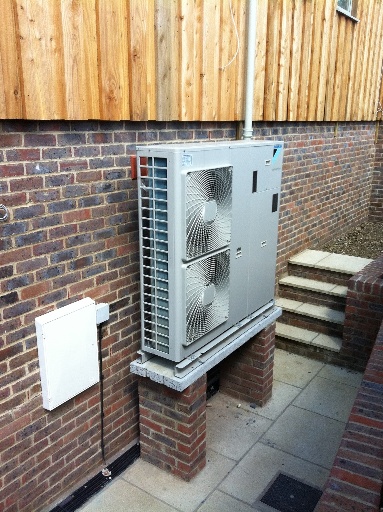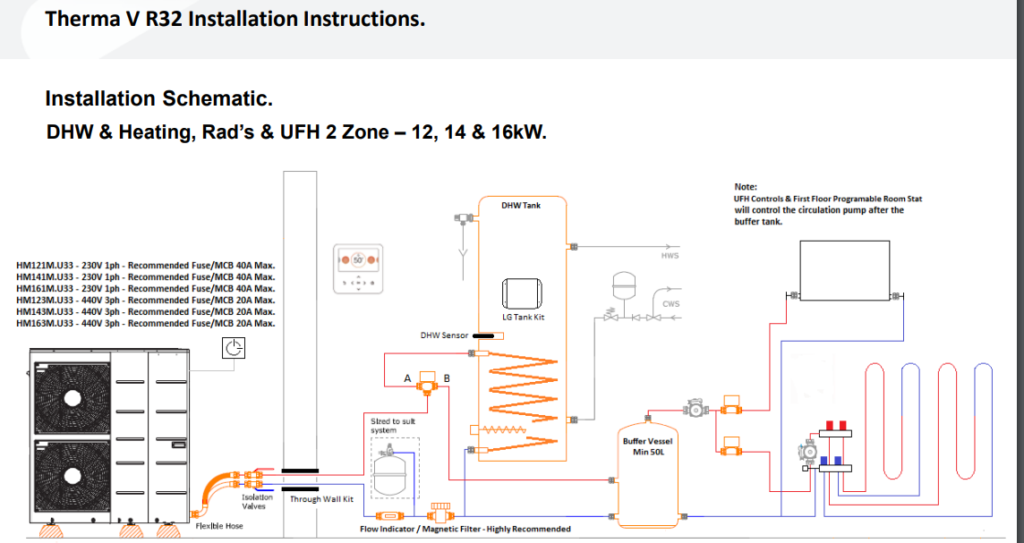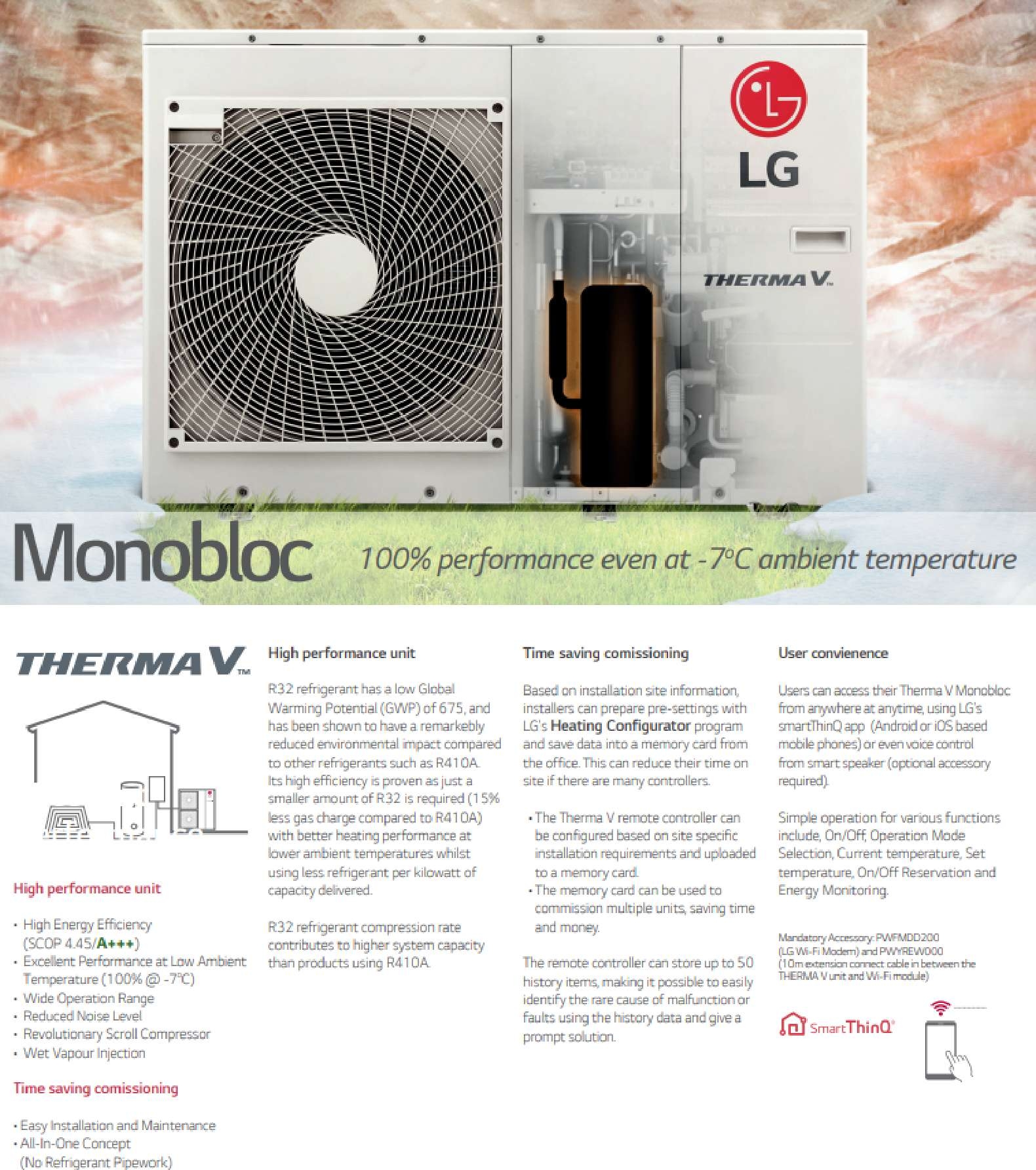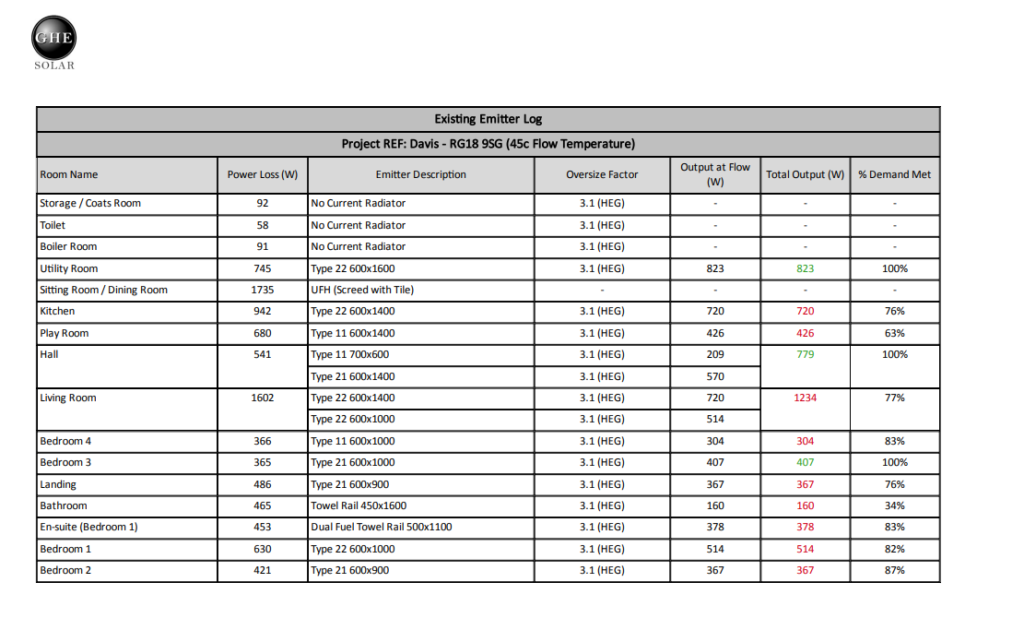Both Air Source Heat Pumps and Ground Source Heat Pumps use the warmth in the surrounding environment, whether that be by the air or the ground the warmer that temperature the more efficient the heat pump is. The temperature below around 1m is roughly consistent and this is the reason over the course of a year Ground Source heat pumps are more efficient. This consistency however comes at a cost, in the form of either a bore hole or a horizontal loop in your garden, which dramatically increases the cost of the system. In short if you have enough land and don’t mind the extra capital expenditure Ground Source is the way to go. The reality for most people is ASHP are the only viable option.




